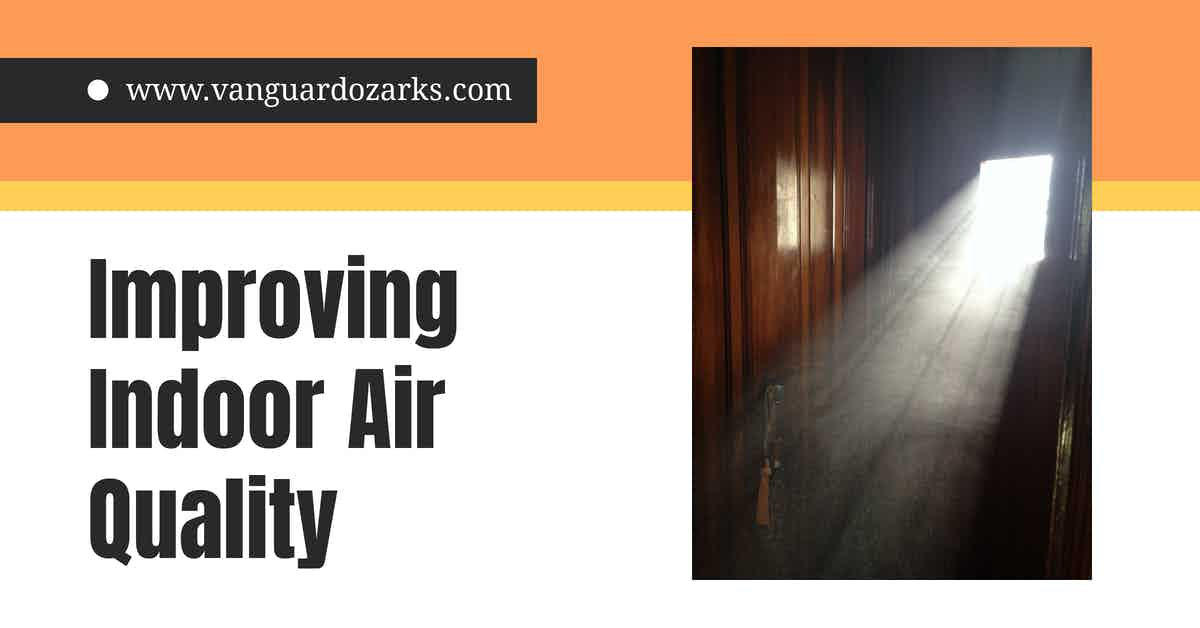Indoor air quality plays a vital part in the health and wellness of facility occupants and is a critical component that must be monitored and controlled as schools and businesses begin to reopen long-shuttered classrooms, stores, restaurants, and offices.

Improving Indoor Air Quality for Occupant Health
Indoor air quality (IAQ) has a direct and often immediate impact on occupant wellbeing and, depending on several factors including pollutant source, type, and occupant sensitivity, can lead to serious health issues, impair learning, and degrade work quality.
Unfortunately, according to Dr. Junfeng Zhang, professor of global and environmental health at Duke University's Nicholas School of the Environment, IAQ has not received the attention it deserves from the science and medical communities.
Health risks associated with indoor air pollution have not, in general, received adequate attention.
Dr. Zhang recommends diligently monitoring and working to improve the indoor air quality in our homes through regular testing and making adjustments to our daily habits.
Your home's indoor air quality is important — here's how to test and improve it
The reason the absence of in-depth research into IAQ is so problematic is that, according to estimates by the U.S. Environmental Protection Agency (EPA), U.S. citizens, from school-aged children to working adults, spend approximately 90% of their day indoors, exposing them to elevated levels of pollutants, allergens, and other toxic chemicals.
The EPA's guidelines and recommendations for improving IAQ include:
- Source Control.
- Improved Ventilation, and;
- Air Cleaners.
Source Control
Indoor air pollution can stem from several sources, including:
- Outdoor air pollution.
- Allergens, such as dust mites, cockroaches, and mold, and;
- Scents and chemicals, such as office products, smoke from cooking, fuel-burning heat sources, garbage, cleaning products, and air fresheners.
The first and most obvious step to controlling indoor air pollution and improving IAQ is to monitor, control, or eliminate the source of the pollution or occupant exposure to it--e.g., relocating trashcans to unoccupied areas of a facility.
Pollution emanating from dust mites, common indoor pests, and mold can be controlled through consistent, high-quality cleaning programs that focus on occupant health.
An additional beneficial byproduct of cleaning with a focus on occupant health will eliminate another source of indoor air pollution--often referred to as volatile organic compounds (VOCs)--unnecessary occupant exposure to toxic cleaning products and ineffective, often dangerous, chemicals in air fresheners.
Improved Ventilation
Increasing indoor ventilation will help remove or dilute air pollutants, especially when the source air originates from outside via windows, open doors, and advanced HVAC systems.
However, outdoor sources of pollution, such as garbage bins and smoke, should be taken into consideration when implementing external source ventilation.
Ventilation and shading can help control indoor temperatures.
Ventilation also helps remove or dilute indoor airborne pollutants coming from indoor sources.
This reduces the level of contaminants and improves indoor air quality (IAQ).
Carefully evaluate using ventilation to reduce indoor air pollutants where there may be outdoor sources of pollutants, such as smoke or refuse, nearby.
The introduction of outdoor air is one important factor in promoting good air quality.
Air Cleaners
Cleaning the air to remove pollutants, allergens, and airborne pathogens requires the implementation of HEPA filtered vacuums, HVAC systems, and commercial-grade air purifiers.
When selecting an air purifier, it is essential to look for several features to ensure it meets your specific requirements, including:
- Possessing a clean air delivery rate (CADR) above 250.
- A room-size rating that exceeds the size of the space you intend to protect.
- An Energy Star rating to ensure you're not running up your electric bill and creating additional pollution, and;
- A high-quality HEPA filter.
HEPA filtered HVAC systems should be maintained every quarter, including filter replacement and necessary vent and duct cleaning services to ensure correct performance, and CO2 monitors should be placed in occupied spaces to ensure adequate airflow.
References & Resources
- Air Purifiers Can Improve Indoor Air Quality as Buildings Re-Open
- Improving Indoor Air Quality
- How to Improve Indoor Air Quality
- IAQ Actions for Teachers and Other Staff
- Easy ways you can improve indoor air quality
Takeaway
Ensuring occupant health through the monitoring and control of indoor air quality and pollutants is a critical component for the successful reopening of our schools and economy.
This can be accomplished via a combination of enhanced cleaning protocols, increases in natural air ventilation, and commercial-grade, HEPA filtered HVAC and air purification systems.
Consumer-grade products are insufficient for combating airborne pathogens in offices and classrooms.
As such, we highly recommend outsourcing your facilities' IAQ monitoring and control services to an experienced service provider dedicated to the highest standards of cleanliness and safety.
Contact us today and discover why Vanguard Cleaning Systems® is the Standard of Clean® for businesses throughout Northwest Arkansas, Missouri, and Oklahoma.
In Oklahoma, dial 918-960-4450
In Arkansas, dial 479-717-2410
In Missouri, dial 417-812-9777
